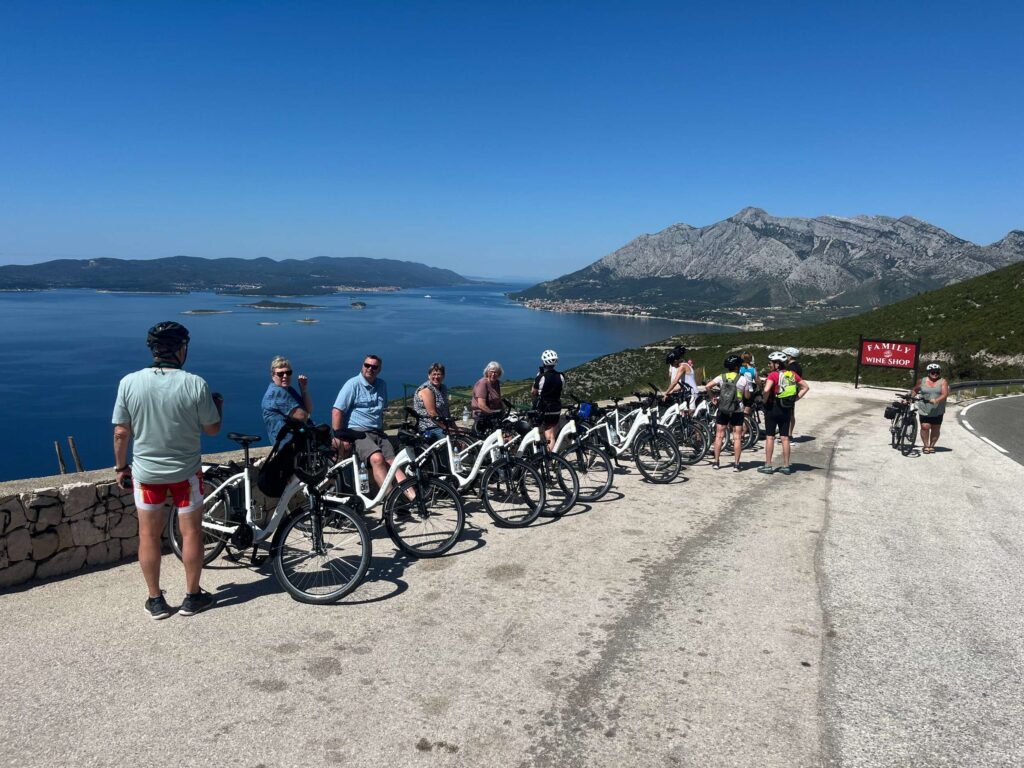Are you torn between cycling or walking for belly fat reduction? This comprehensive guide dives deep into the science behind both exercises, helping you make an informed decision for your fitness journey. Let’s explore how these popular activities stack up against each other in the battle against stubborn belly fat.
The Calorie-Burning Battle: Cycling Takes the Lead
When it comes to pure calorie burn, cycling emerges as a clear frontrunner. Research shows that a 30-minute moderate-intensity cycling session can torch approximately 298 calories for a 70 kg person. In contrast, brisk walking burns about 149 calories in the same timeframe. This significant difference makes cycling an attractive option for those looking to maximize their workout efficiency.
However, don’t dismiss walking just yet. While it may burn fewer calories per session, walking has a unique advantage: it’s a weight-bearing activity that can boost fat metabolism differently than cycling. Let’s explore how each exercise specifically targets belly fat.
The Science Behind Belly Fat Reduction
Cycling’s Impact on Visceral Fat
Recent studies have revealed impressive results regarding cycling’s effect on visceral fat – the dangerous deep abdominal fat linked to various health risks. Research indicates that regular cycling can lead to a remarkable 14.6% reduction in visceral fat. This is particularly significant because visceral fat is often more challenging to target than subcutaneous fat.
Walking’s Steady Approach
While walking might take longer to show results, it’s proven effective when done consistently. Studies show that brisk walking for more than 150 minutes per week can produce noticeable belly fat reduction within approximately six weeks. This makes it an excellent option for those preferring a gentler approach to fitness.
Muscle Engagement: A Critical Factor
Cycling’s Full-Body Workout
Cycling isn’t just about leg power. It engages multiple muscle groups simultaneously, including:
- Core muscles
- Gluteal muscles
- Leg muscles
This comprehensive engagement contributes to higher calorie burn and more efficient fat loss.
Walking’s Low-Impact Benefits
Walking might engage fewer muscles than cycling, but it offers unique advantages:
- Lower impact on joints
- Natural movement patterns
- Accessibility for all fitness levels
- Suitable for longer duration exercises
Making the Right Choice: Practical Considerations
Time Efficiency
If you’re short on time, cycling might be your best bet. Its higher intensity means you can achieve significant results in shorter sessions. A 30-minute cycling workout can equal the calorie burn of a much longer walking session.
Accessibility and Equipment
Walking wins the accessibility contest hands down. It requires:
- No special equipment
- No specific training
- No financial investment
Cycling, while requiring initial investment in a bicycle What to Pack for a Croatia Cycling Trip, offers the advantage of being gentler on your joints compared to high-impact exercises like running.
Optimal Strategies for Maximum Fat Loss
- Interval Training
For cycling enthusiasts, incorporating short, high-intensity bursts (30-60 seconds) Training Tips between moderate-paced cycling can significantly boost fat burning. This approach helps maintain an elevated metabolism even after the workout. - Zone 2 Training
Both cyclists and walkers can benefit from Zone 2 training – exercising at about 60% of maximum effort. This approach:
- Improves fat oxidation
- Enhances endurance
- Supports sustainable fat loss
- Combining Approaches
For optimal results, consider:
- Alternating between cycling and walking
- Including strength training
- Maintaining a balanced, calorie-controlled diet
The Role of Consistency
Regardless of which activity you choose, consistency is key. Both exercises require:
- Regular practice (minimum 150 minutes per week)
- Maintaining a caloric deficit
- Long-term commitment
Expert Tips for Success
- Start Gradually
- Begin with shorter sessions
- Gradually increase duration and intensity
- Listen to your body’s signals
- Track Progress
- Monitor your heart rate
- Keep a workout journal
- Take regular measurements
- Maintain Proper Form
- Ensure correct posture while walking
- Adjust bike settings properly
- Consider professional guidance initially
Making Your Decision
The Choice Depends On:
- Your current fitness level
- Available time
- Personal preferences
- Physical limitations
- Access to equipment
The Verdict: Which is Better?
While cycling shows advantages in terms of calorie burn and speed of results, both activities effectively reduce belly fat when done consistently. The best choice ultimately depends on your personal circumstances and preferences.
For Faster Results: Choose cycling if you:
- Have limited time
- Want higher intensity workouts
- Can access a bicycle Cycling Essentials
- Prefer varied terrain
For Sustainable Progress: Choose walking if you:
- Are new to exercise
- Have joint concerns
- Prefer lower intensity
- Want no-cost exercise options
Remember, the most effective exercise is the one you’ll stick with consistently. Whether you choose cycling, walking, or a combination of both, pair your efforts with proper nutrition and adequate rest for optimal results in your belly fat reduction journey.
By maintaining consistency and following these guidelines, you’re well on your way to achieving your fitness goals, regardless of which activity you choose. The key is to start today and stay committed to your chosen path.
Cycling vs. Walking: Which Is the Better Workout for You?
How Walking Can Help You Lose Weight and Belly Fat
Cycling vs. Walking: Which One Helps You Lose Belly Fat Faster?
The best ways to lose belly fat for cyclists – what really works
Does Cycling Burn Belly Fat? Here’s What to Know, According to Experts

